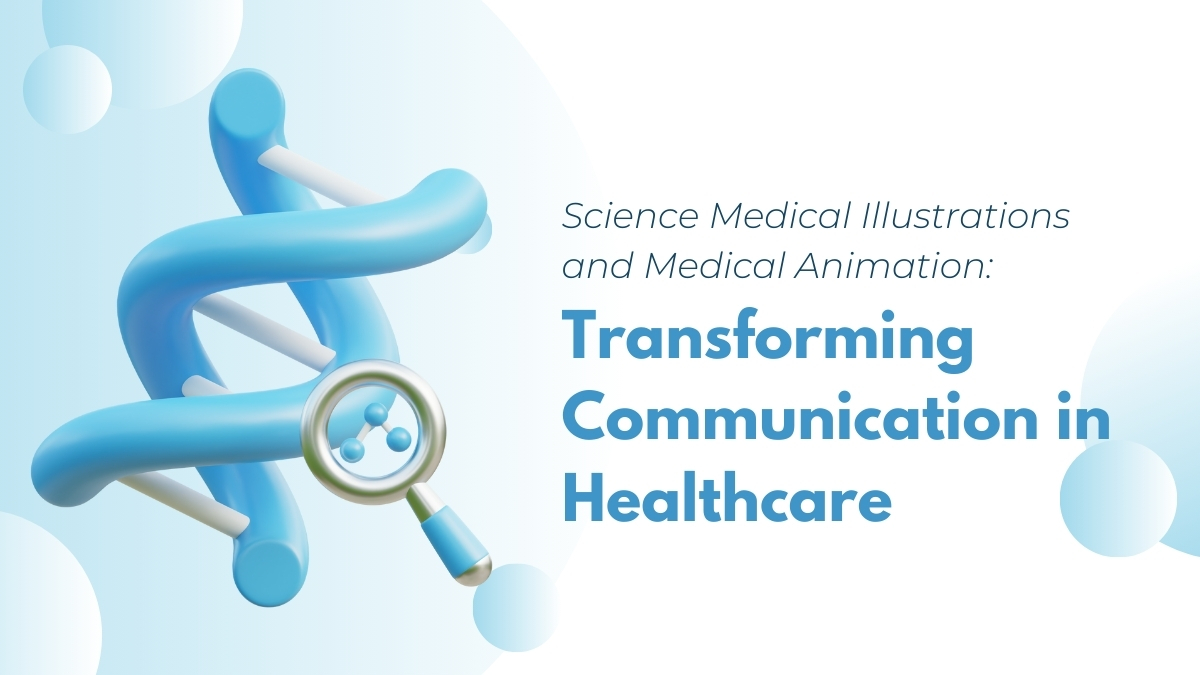Warning: Undefined array key 2 in /home/imgpanda.com/public_html/wp-content/themes/astra/template-parts/single/single-layout.php on line 176
Warning: Trying to access array offset on value of type null in /home/imgpanda.com/public_html/wp-content/themes/astra/template-parts/single/single-layout.php on line 179
Medical science has always required precise communication tools to translate complex ideas into understandable concepts. Science medical illustrations and medical animations have emerged as vital instruments in modern healthcare, education, and research. They merge artistic creativity with scientific accuracy, creating a universal visual language for medical professionals, students, and patients.
The Purpose and Power of Medical Illustrations
Medical illustrations are highly detailed, scientifically accurate images designed to represent the human body, surgical procedures, diseases, or biological processes. Their primary goal is to simplify complex medical information while maintaining scientific precision.
In medical education, illustrations are indispensable. Textbooks, academic journals, and training manuals use these visuals to provide clarity and structure to difficult subjects like anatomy, pathology, or surgical techniques. Unlike photography, medical illustrations can highlight only the essential structures, filter out irrelevant details, and offer sectional views that real-life images cannot deliver.
Additionally, medical illustrations play a critical role in research presentations and clinical documentation. Scientists and healthcare providers use them to present ideas, explain procedures, or describe medical conditions with a visual accuracy that complements written or verbal communication.
Read more https://scientific-illustrations.com/portfolio/medical-illustrations
Also Read This: Can You Use YouTube TV at Two Different Houses? Understanding Multi-location Streaming
Medical Animation: Dynamic Visualization of Science
While illustrations provide clarity, medical animation takes visualization to the next level. Medical animation brings motion to otherwise static content, allowing the audience to understand dynamic processes that occur within the human body.
Animations are particularly effective for depicting internal body functions — blood circulation, cellular activity, disease progression, or drug interactions. These animations are used in medical training, pharmaceutical education, patient consultations, and marketing materials for healthcare companies.
For students, animated sequences of complex processes — such as immune response or genetic replication — create memorable learning experiences. For patients, animations can demonstrate how a treatment works or what to expect during a surgical procedure, reducing fear and uncertainty.
Read more https://scientific-illustrations.com/portfolio/animation
Also Read This: Get Diamonds in Pokémon Rumble World and Enhance Your Pokémon Team
Applications Across Healthcare
Medical illustrations and animations are used across multiple sectors in healthcare:
- Medical and biological education (universities, medical schools)
- Patient education (hospitals, clinics)
- Scientific research presentations
- Pharmaceutical marketing
- Medical device training and demonstrations
- Public health awareness campaigns
These visuals not only educate but also foster trust. They help bridge the communication gap between doctors and patients, making difficult medical language accessible to non-specialists.
Technological Advancement and Future Trends
The field of medical visualization continues to evolve with the advancement of 3D modeling, virtual reality (VR), and augmented reality (AR). These technologies allow for interactive learning experiences and immersive simulations.
VR applications now enable medical students and surgeons to practice procedures in virtual environments, while AR provides real-time overlays of anatomical data during surgery.
Artificial intelligence is also influencing medical animation by enhancing image processing, generating real-time visual content, and personalizing patient education materials.
Science medical illustrations and medical animations have revolutionized the way medical information is communicated, taught, and understood. By combining scientific accuracy with artistic expression, they create powerful tools for education, patient care, and research. As technology advances, the future of medical visualization will offer even greater opportunities to improve healthcare communication and foster a deeper understanding of human biology for both professionals and patients.
